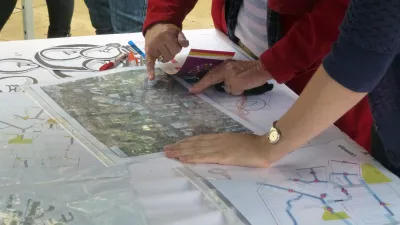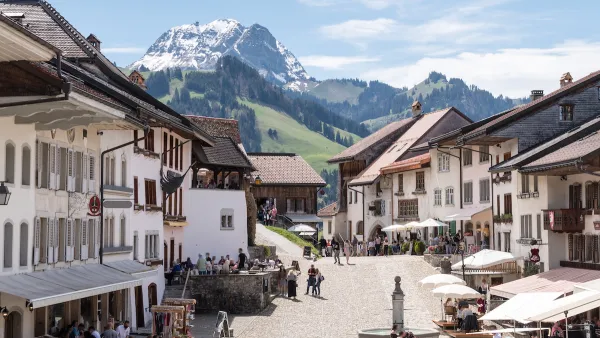For planners, the key to moving a city’s vision for development forward is to value public as well as private investment in projects, according to urban planner and author Howard M. Blackson III.

The road to new development is one fraught with obstacles for planners seeking to make changes to the landscape of the communities they serve, but finding new, updated planning practices could help carry the profession forward.
Howard M. Blackson III, urban planner and author, discusses what cities need to do to move ahead with development at a time when public trust is low.
“We have all experienced the difficulties with building new developments in Southern California. It is either too difficult to build something great or too easy to build something terrible. Most city planning departments have to overcome a past of allowing for deplorable new buildings that challenged the character of beloved older communities.”
A city’s planning staff faces public opposition to projects, specifically private-owner-driven ones, largely because of misconceptions about the duties of planning staff, according to Blackson.
“Most folks do not understand that private landowners have the right to make a proposal and that city planning staff must respond and process it. Add in the city’s convoluted planning processes, and too many folks end up not trusting any planning efforts, projects, and proposals. Opposing new projects is now sport, with cheerleaders, players, and scorecards.”
What has been lost in planning is the ability to match short-term private development proposals with long-term public efforts to reach a city’s goals and shape its policy, Blackson writes.
“The great recession revealed how many cities dismissed the value and role of planning in generating economic development. They formed blue ribbon committees to cut red tape and scale back policies, regulations, and staff, deemed to be in the way of new investment. While these cities held private investment in a higher regard than public investment, good city planning practices teaches that both are necessary for a city to thrive.
FULL STORY: The Value of Planning in the Age of Economics

National Parks Layoffs Will Cause Communities to Lose Billions
Thousands of essential park workers were laid off this week, just before the busy spring break season.

Retro-silient?: America’s First “Eco-burb,” The Woodlands Turns 50
A master-planned community north of Houston offers lessons on green infrastructure and resilient design, but falls short of its founder’s lofty affordability and walkability goals.

Delivering for America Plan Will Downgrade Mail Service in at Least 49.5 Percent of Zip Codes
Republican and Democrat lawmakers criticize the plan for its disproportionate negative impact on rural communities.

Test News Post 1
This is a summary

Test News Headline 46
Test for the image on the front page.

Balancing Bombs and Butterflies: How the National Guard Protects a Rare Species
The National Guard at Fort Indiantown Gap uses GIS technology and land management strategies to balance military training with conservation efforts, ensuring the survival of the rare eastern regal fritillary butterfly.
Urban Design for Planners 1: Software Tools
This six-course series explores essential urban design concepts using open source software and equips planners with the tools they need to participate fully in the urban design process.
Planning for Universal Design
Learn the tools for implementing Universal Design in planning regulations.
EMC Planning Group, Inc.
Planetizen
Planetizen
Mpact (formerly Rail~Volution)
Great Falls Development Authority, Inc.
HUDs Office of Policy Development and Research
NYU Wagner Graduate School of Public Service



























